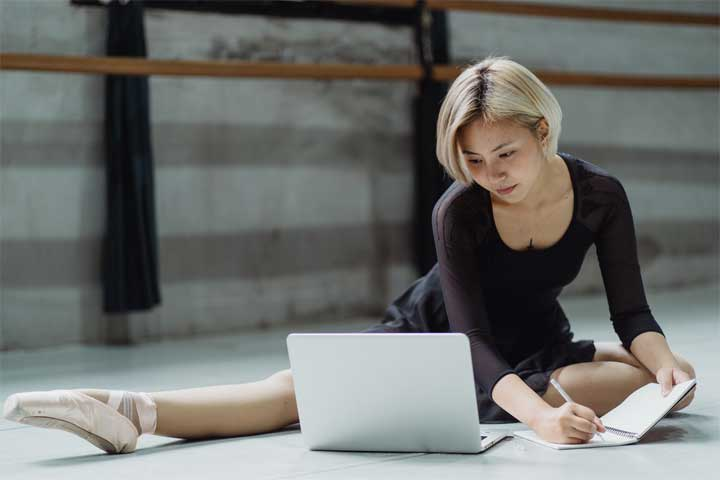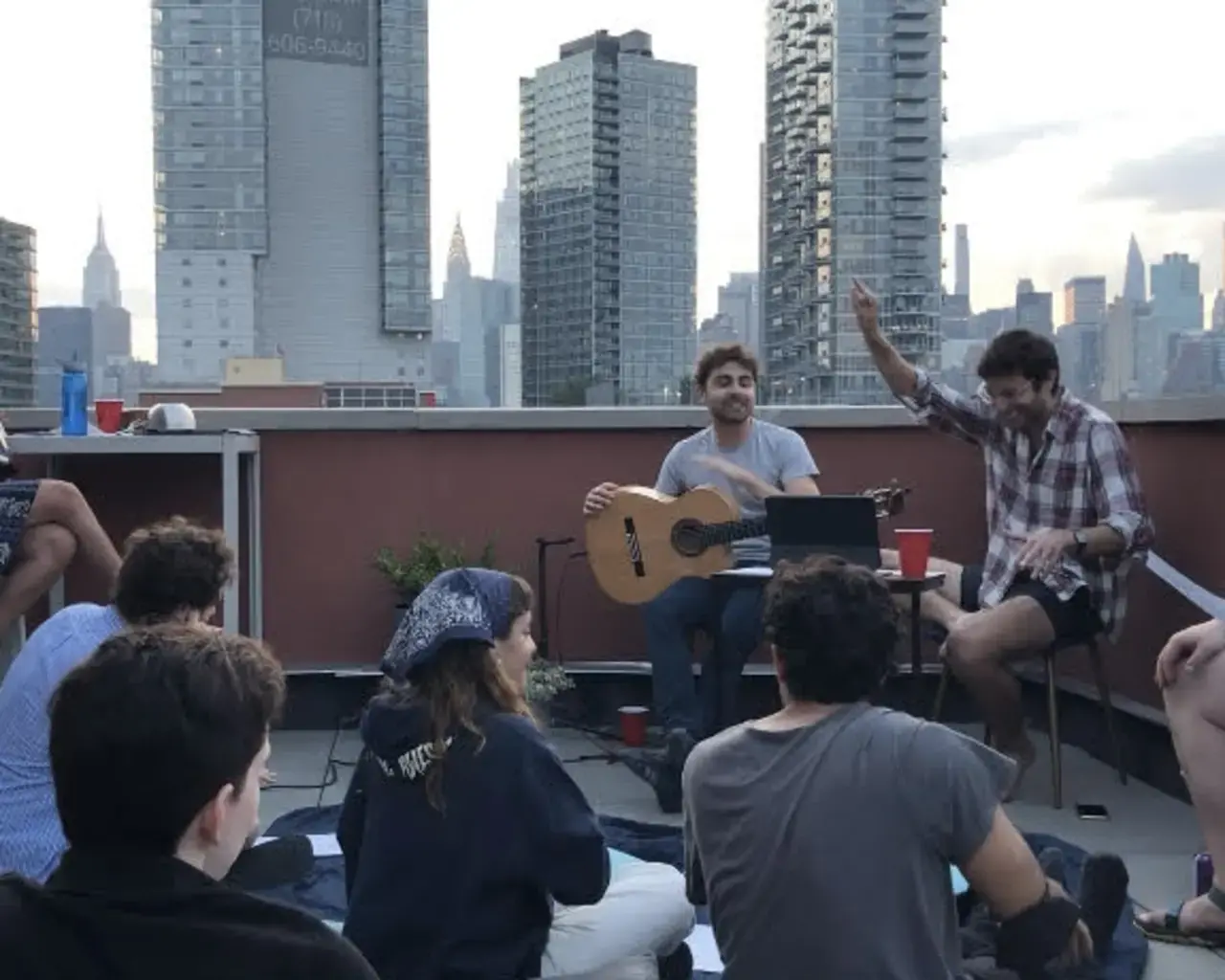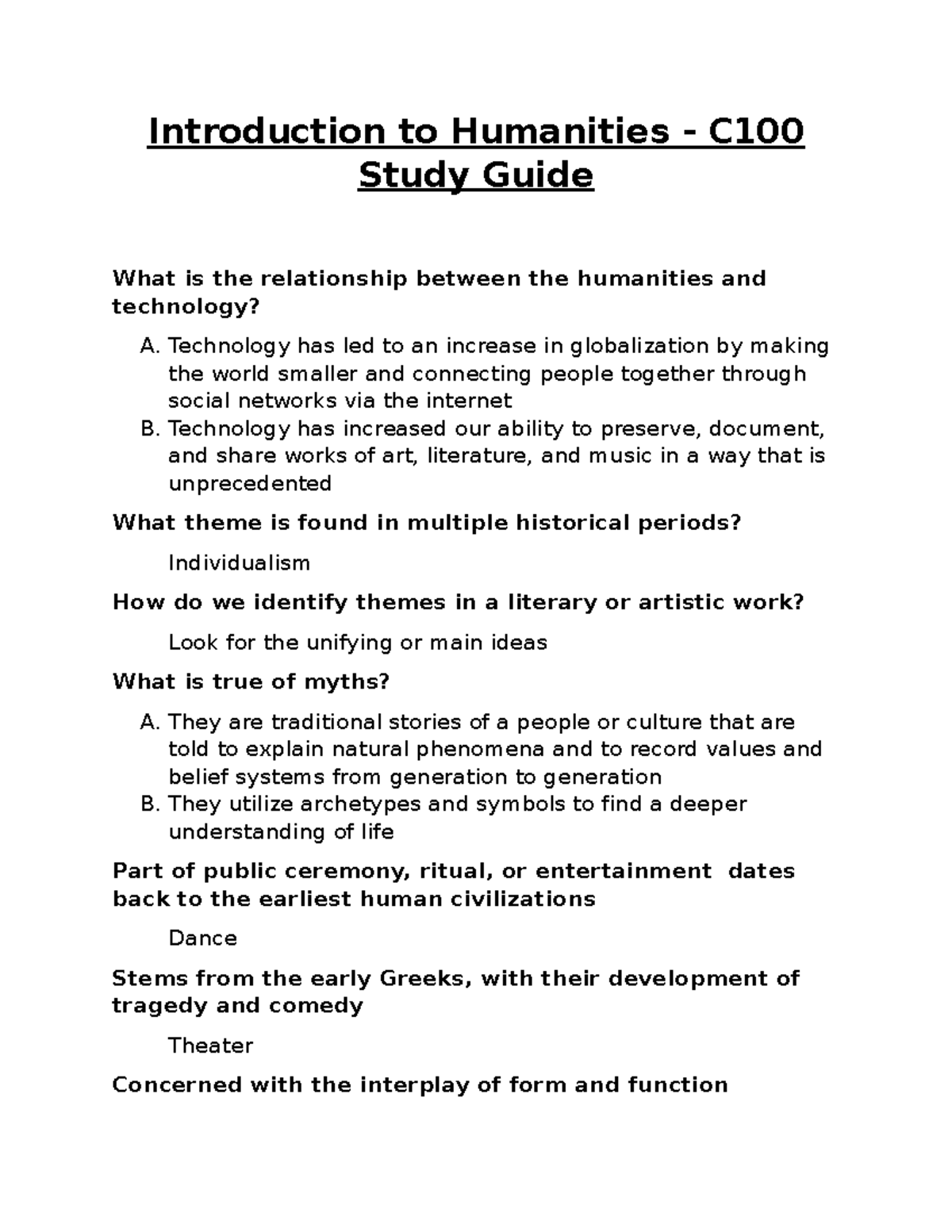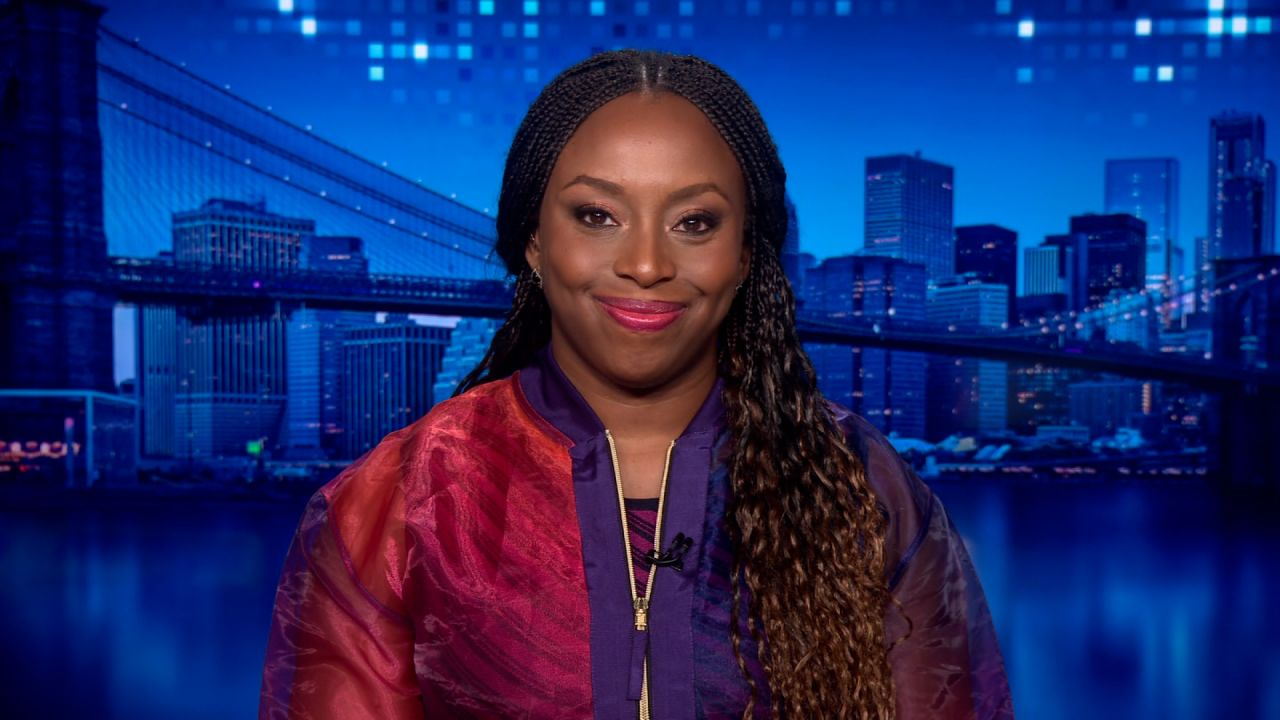Dance visibility is an essential concept that transforms personal expression into a shared experience, inviting others to witness the stories conveyed through movement. This powerful medium not only allows for the release through dance but also connects deeply with spiritual traditions, like those found in Malian dance. By embracing the notion of “dance like no one is watching,” we can liberate ourselves from the constraints of social judgment and fully express our emotions. Whether you’re seeking dance tips or yearning to embody Malian dance traditions, exploring this visibility can unlock profound insights into our shared humanity. Ultimately, the act of dancing becomes a path to self-discovery and collective understanding, as we reveal our true selves to the world.
Exploring the theme of dance expression, we delve into the visibility of our movements and the communal nature of this art form. The spiritual aspect of dance, particularly through practices rooted in cultural traditions such as those from Mali, highlights how these performances create a dialogue between the dancer and their audience. Engaging with this visibility allows individuals to connect with their innermost emotions while harnessing the cathartic power of dance. Imperatively, when we shed our inhibitions and dance freely, we not only find personal freedom but also contribute to a communal experience that resonates with others. Moreover, learning to release our fears and embrace our bodies can transform our social interactions, leading to a more profound connection with ourselves and those around us.
Embracing Spiritual Dance for Personal Release
Spiritual dance is a powerful means of self-expression and release, allowing individuals to connect with deeper aspects of themselves. One notable example stems from West African traditions, specifically in Mali, where the practice of djine foly enables dancers to transcend ordinary movement. This transcendent experience not only fosters emotional release but also connects individuals with their spiritual guides, often referred to as djinn or genies. Engaging in such dance forms allows a person to actively immerse in the rich traditions and stories encapsulated within these movements, providing a profound sense of freedom.
To fully embrace spiritual dance, it’s essential to let go of preconceived notions about how one should move. Instead of focusing on perfection, dancers are encouraged to lose themselves in the moment, experiencing joy and catharsis. The act of dancing to reach a trance-like state becomes a spiritual journey, permitting participants to explore the depths of their emotions. This authenticity in movement dismisses any fear of judgment, emphasizing that the act of dancing itself is a celebration of life and an opportunity to release pent-up emotions.
Dance Visibility: Unleashing Your Inner Performer
Dance visibility is about showcasing your true self through movement, regardless of how others may perceive you. The concept empowers dancers to express their inner thoughts and feelings openly, drawing attention not just to the art of dance but to the stories conveyed through each action. When dancing as if no one is watching, individuals allow their vulnerabilities to surface, creating a raw, authentic performance. This liberating approach fosters a sense of community and connection, encouraging others to join in the celebration of self-expression.
Encouraging participants to engage in dance visibility means cultivating an environment where one feels free to embrace their individuality. This can be achieved by creating a space where supportive feedback outweighs criticism. Dance classes that emphasize joy over judgment motivate students to explore free-flowing movements and innovative expressions. In doing so, everyone becomes a part of a larger conversation about visibility and authenticity in dance, ultimately contributing to the tradition of sharing cultural narratives through movement.
Tips to Help You Dance Like No One is Watching
Finding the freedom to dance like no one is watching can be transformative. The first step is to build a safe space where judgment is set aside, opening the door to uninhibited movement. Remind yourself that when you dance, the focus should be on how it feels rather than how it looks. Use techniques such as guided improvisation, where the mind is encouraged to wander, allowing the body to react to the music without restriction. This approach helps relax the logical mind, bringing forth intuitive movement that authentically reflects your inner self.
In addition, incorporating positivity and encouragement into your dance practice amplifies the experience. Simple affirmations such as “I am free to express myself” or “My body knows how to move” can enhance confidence and diminish self-doubt. Engaging in dance forms that invite spontaneity—such as hip-hop or modern dance—can also help foster a relaxed mindset. Remember, the essence of dancing freely is to feel good in your skin and celebrate the joy of movement, all while channeling personal expression.
Exploring Malian Dance Traditions
Malian dance traditions are deeply rooted in cultural narratives and community expression. The rhythm and movements of these dances often reflect the history, spirituality, and values of the people. For instance, the practice of djine foly emphasizes a connection between the dancer and the intangible forces in the universe, allowing the participant to connect with the spirit world. This profound cultural heritage enriches the understanding of dance as not just an art form but as a means of communicating cultural identity.
Moreover, learning about and engaging in Malian dance traditions offers dancers a chance to appreciate the uniqueness and vibrancy of African dance culture. When practicing these styles, dancers not only develop physical skills but also foster cultural appreciation, allowing them to honor the artists who paved the way for these traditions. As those rhythms resonate, dancers might find new avenues for emotional expression, linking their experiences to the broader cultural context in which they engage.
The Healing Power of Release Through Dance
Dance can serve as a powerful medium for emotional release and healing. Engaging fully in movement allows for a cathartic experience; as the body flows, hidden emotions can surface, culminating in a release of energy that feels rejuvenating. Many practitioners find that they can let go of tension and burdens by simply expressing themselves through dance. This not only enables relaxation but also instills a sense of empowerment—proving that healing through dance is attainable for everyone.
Creating a dedicated time and space for dance can further enhance this healing process. Whether it’s through structured classes or individual practice, setting aside time to dance allows one to connect with their emotions consciously. This act can be particularly useful for those who struggle with verbal expression, as dance becomes a language of its own. By finding their unique movement style, individuals can unlock the door to emotional release, further enriching their lives and mental well-being.
Finding Your Dance Style for Inner Freedom
Choosing the right dance style is key to feeling empowered and free during your movements. Each dance genre offers distinct emotional expressions and technical challenges, and exploring diverse styles can help individuals identify what resonates with them personally. From the fluidity of contemporary dance to the structured sequences of ballet, experimenting allows dancers to discover which styles provide the most joy and fulfillment in their practice. This exploration is essential in nurturing personal creativity and expression.
In addition to technique, each dance style holds cultural significance that can deepen a dancer’s connection to the art form. For instance, exploring African dance traditions can invite practitioners to feel the heartbeat of their cultural richness. As students embrace various dance forms, they unlock different avenues to explore and interpret their emotions, ultimately leading to a greater understanding of their movement language and fostering a sense of belonging within the dance community.
Overcoming Self-Doubt in Dance
Self-doubt is a common barrier that can hinder one’s ability to embrace dance fully. Many dancers often fear judgment or comparison, leading to a critical mindset that stifles creativity. To combat this, it’s essential to develop a positive relationship with the self and to remember that dance is an individual journey. Engaging in mindfulness practices, such as deep breathing and positive affirmations, can foster a supportive mental environment, encouraging participants to showcase their unique styles and share their joy of movement.
Surrounding oneself with a supportive dance community is also crucial for overcoming self-doubt. Joining classes or groups where encouragement and positivity are prioritized can transform the experience of learning to dance. These environments allow individuals to focus on growth rather than comparison, paving the way for personal exploration within the dance. As dancers step into their power, they can learn that vulnerability is beautiful, further empowering them to dance like no one is watching.
Connecting Through Dance: Building Community
Dance holds the potential to connect individuals within a community, transcending cultural barriers and uniting participants through shared experiences. Group dance activities, from community festivals to dance classes, encourage collaboration, foster friendships, and create cherished memories. These shared moments allow for cultural stories to be passed down, enhancing community spirit and pride while also introducing newcomers to diverse dance styles.
In addition, dance programs that prioritize inclusivity can enable a greater sense of belonging for all participants, regardless of skill level or background. By embracing diversity in dance, communities can celebrate the uniqueness each person brings and recognize the collective power of movement. As these connections deepen through dance, individuals often feel a sense of support and camaraderie that enriches their lives off the dance floor as well.
The Role of Emotion in Dance
Exploring the emotional landscape of dance adds depth to the physicality of movement. By tapping into personal experiences, dancers can bring authenticity to their expression, elevating their performances and connecting with audiences on a profound level. Understanding that emotions are integral in dance enables practitioners to enhance their storytelling capabilities through movement, creating a more engaging and captivating performance.
Additionally, the power of dance as a means of emotional expression can be deeply therapeutic. As dancers navigate through various feelings—joy, sadness, anger—they release these emotions into their movements, allowing for a profound healing journey. Embracing this connection between emotion and movement not only fosters a sense of personal liberation but also strengthens the dancer’s art form, ultimately enriching the dance as a whole.
Frequently Asked Questions
What are some dance tips for improving visibility in performances?
To enhance your dance visibility, focus on body language, facial expressions, and engaging with your audience. Use bold movements and fluid transitions that captivate attention. Experiment with choreography that tells a story, allowing your audience to connect emotionally. Remember, dancing confidently and expressing yourself authentically can significantly boost your presence.
How can spiritual dance enhance my emotional well-being?
Spiritual dance allows for deep personal expression and emotional release. Engaging in practices like djine foly, where you connect with spiritual guides through dance, can lead to catharsis and joy. This unique dance experience helps in grounding oneself, letting go of burdens, and exploring the unexpressed emotions within, ultimately fostering a sense of well-being.
What does it mean to ‘dance like no one is watching’?
‘Dancing like no one is watching’ emphasizes freedom and self-expression in dance. This motto encourages you to release self-consciousness and allows for exploration of your true dance identity. In moments of vulnerability, you can discover creative pathways and connect with your inner rhythm, making dance a deeper form of expression.
What is the significance of Malian dance traditions in contemporary artistry?
Malian dance traditions are deeply rooted in spiritual and communal practices. They celebrate life events and connect dancers with their cultural heritage through vibrant movements and rhythmic expressions. Integrating elements of Malian dance into contemporary artistry can enrich choreography with layers of meaning and contribute to the visibility of African cultural narratives on a global stage.
How can I release stress through dance?
Dance serves as an excellent medium for stress relief, allowing you to physically release pent-up emotions. Engaging in free-form dance or structured classes can provide an outlet for expressing feelings. When you immerse yourself in movement, similar to practices like djine foly, you can tap into a transformative experience that leads to emotional and mental relaxation.
What are some effective dance tips for overcoming performance anxiety?
To overcome performance anxiety, practice deep breathing and visualization techniques before stepping on stage. Familiarize yourself with the material, and consider invoking the mantra of dancing like no one is watching. This mindset helps ease self-consciousness, allowing you to focus on the joy of dancing rather than the fear of judgment, thus enhancing your visibility and confidence.
How does dance serve as a form of storytelling?
Dance acts as a dynamic storytelling medium where movements convey emotions, narratives, and cultural truths. By incorporating gestures, facial expressions, and rhythm, dancers can communicate complex stories that resonate with audiences. This capacity for expression transforms the body into a powerful instrument for visibility, allowing personal and cultural narratives to be shared.
In what ways can I enhance my dance visibility and stage presence?
Enhancing your dance visibility involves several techniques, including maintaining strong eye contact with the audience, utilizing purposeful movements, and embodying the emotional narrative of your performance. Practicing these elements in your routine will not only improve your stage presence but also encourage deeper connections with your audience.
| Key Points | Details |
|---|---|
| Dance Visibility | Dance is a form of self-expression that seeks visibility, allowing one’s narrative to be understood and appreciated. |
| Invisibility in Society | Reflects on personal experiences of being invisible, connecting it to respectability politics and the need for visibility through dance. |
| Spiritual Connection in Dance | In cultures like Mali, dance becomes a spiritual experience, where reaching a trance state can lead to happiness and emotional release. |
| Technique of Release | Teachers encourage students to let go of self-consciousness and embrace freedom in movement, emphasizing that looking good is not the goal. |
Summary
Dance visibility is essential for personal expression and community connection. Embracing the idea that everyone is watching encourages individuals to fully engage in the art of dance, unlock hidden emotions, and share their stories openly. By removing the fear of judgment, dancers can experience true liberation, making their movements not just performances, but profound expressions of identity and spirit.



